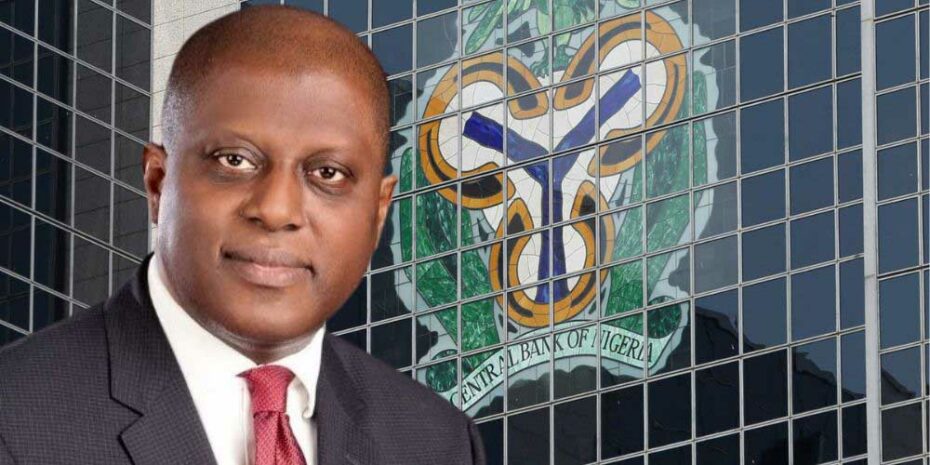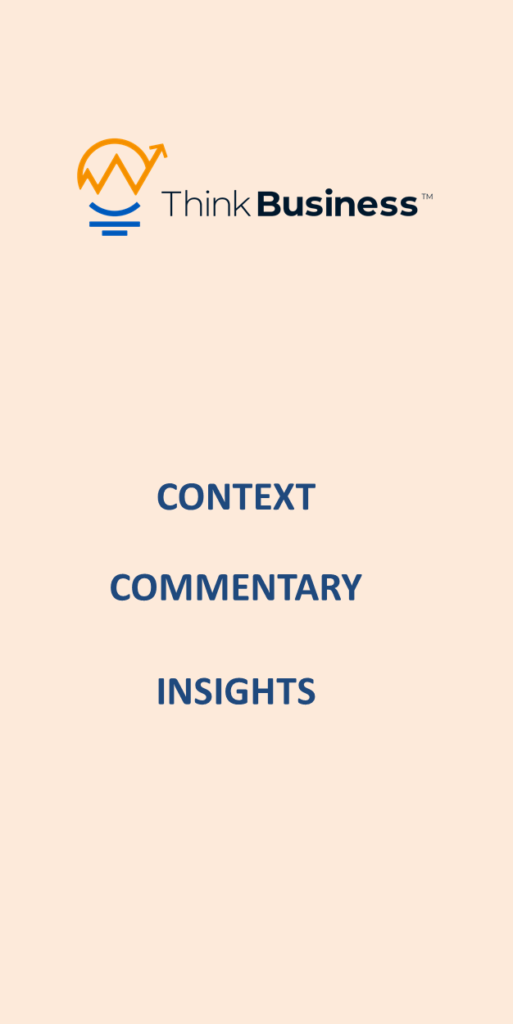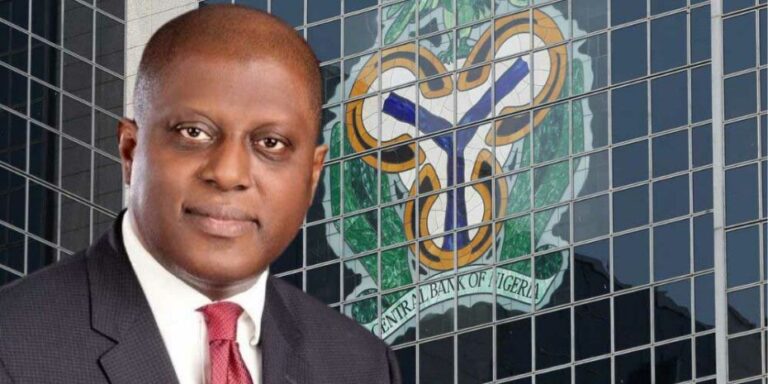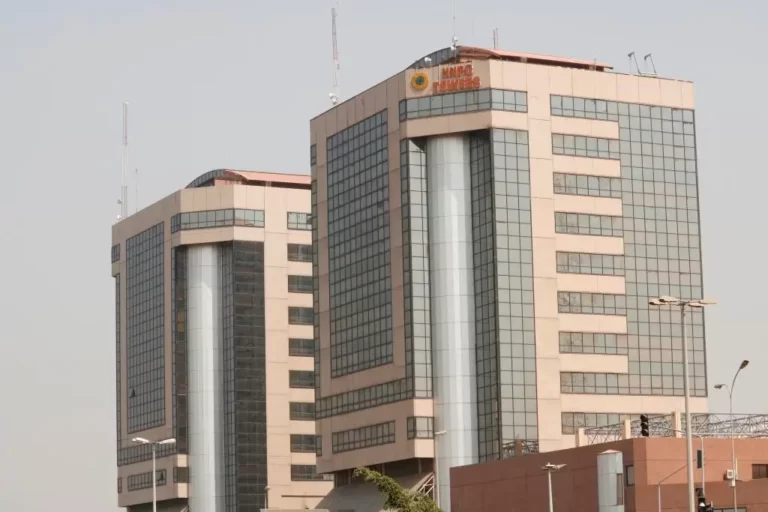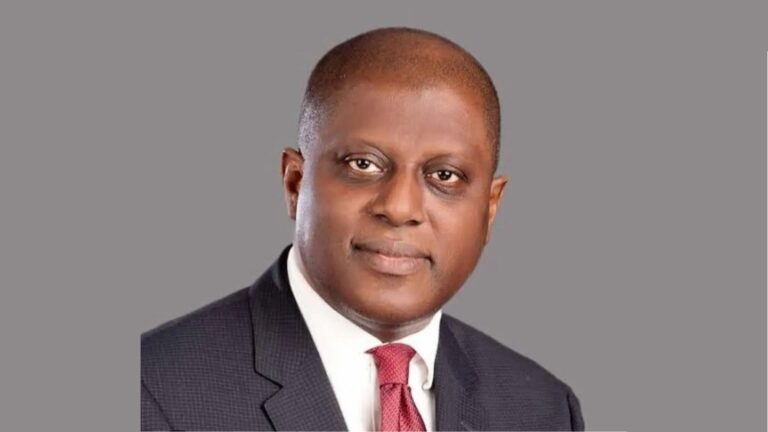-By Nosa Igbinadolor
Last week, the Central Bank of Nigeria (CBN) released the calendar for its Monetary Policy Committee (MPC) meetings for 2024. According to the calendar, the first MPC meeting under the leadership of Yemi Cardoso, CBN governor since September 2023 will be 26 – 27 February. The meeting, as expected, raised expectations. First, it will provide the first opportunity for analysts and markets to have an indication of the monetary policy path of the new leadership of the CBN.
Second, there is considerable difference between the macroeconomic environment when the last meeting was held in July 2023 and now. If seven months was a long time in politics, it is even longer in the recent changes in Nigeria’s macroeconomic environment. Inflation was 24% in July 2023; it is now 28.9%. The Naira exchange rate to the US dollar on the Nigeria Foreign Exchange Market (NFEM) was N770 to the US $. It is now N901 while it is N1400 on the streets.
The inflation and the exchange rate changes provide the biggest test of the governor’s mettle. But let’s trace how we got here in the first place.
The change in government in May 2023 provided the basis for the revelation of hitherto hidden information that has now rattled the markets. First was the revelation that the previous government had borrowed N22 trillion from the CBN that was not booked. That’s incredible liquidity in the Nigerian economy. It has also become public knowledge that the CBN’s development banking has lent a total of N10 trillion to different sectors in the Nigerian economy in form of subsidised credits in the last decade.
The liquidity has found demand expressions in the US dollar and real estates. This has reflected significant expansion of money supply. For instance, Nigeria’s money supply (M2) has been on the rise since the central bank began its expansive monetary policy stand in the wake of the Covid-19 pandemic. Since September 2020, Nigeria’s money supply has expanded from N29 trillion before the lockdown (February 28th) to N66.4 trillion in September 2023. The rapid devaluation of the local currency has also added over N10 trillion to the money supply.

Second, the release of the 7 years audited reported of the CBN. It became clear in the report that Nigeria did not have the scale of foreign reserves that had often be quoted, estimated at US $33 billion. Third, following the release of the audited report, JP Morgan, America’s and of the top global banking institution estimated that Nigeria’s foreign exchange reserves was mere US $3.5 billion. Since these revelations, it has become very clear that Nigeria does not have the external reserves to defend the rapid weakling of the Naira.
Is all hope lost?
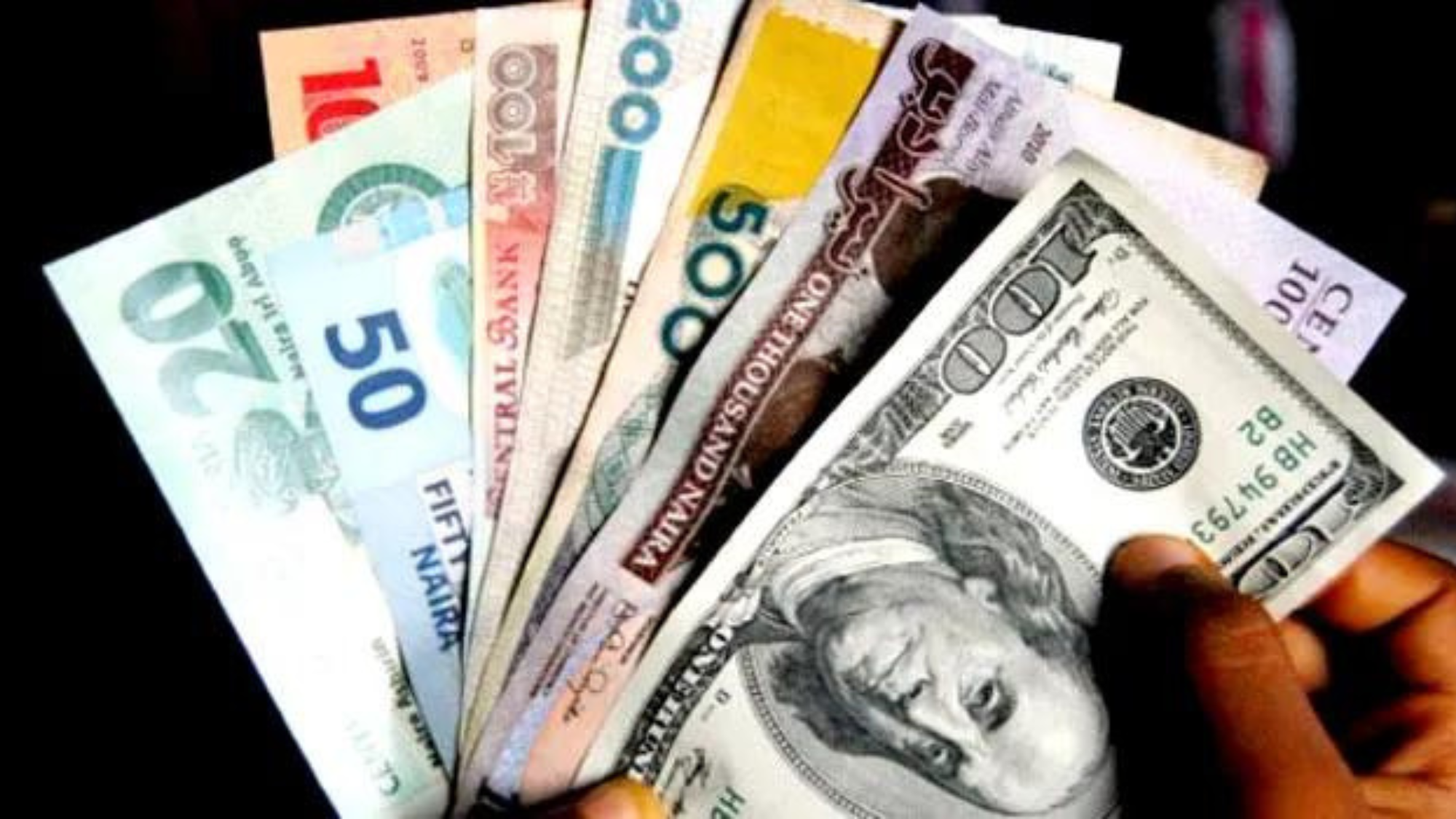
In his recent speeches, Yemi Cardoso has provided clarity that he not only understands that current macroeconomic instability features are not tolerable, but an admission that it will take time. It is therefore understandable that the noises around Naira’s instability is drowning the work that is been done to correct the situation in the short term.
In his speech at the launch of the Macroeconomic Outlook 2024 of the Nigerian Economic Summit Group NESG), the governor said, “I am under no illusion that these commendations (the positive outlook provided by ratings agencies such as Fitch and Moody’s) are reducing the price of rice in the market or the cost of FX that you need for your business or to pay your children’s school fees.”
Reading the governor’s lips through the same presentation, it appears the governor, and by extension, the government, is relying on three measures to bring stability to Naira’s exchange rate and prices.

First is “improved crude oil prices and production.” Historically, successive governments have relied on oil prices and taken oil production for granted. However, the Tinubu government inherited poor output dynamics as low as 1.1 million barrels. In the latest figure available, they have increased oil production to 1.35 million and projecting 1.7 million on average this year. Since the start of this year, oil price continues to hover around US $80 per barrel for brent crude, Nigeria’s crude oil.
Second, “anticipated moderation in pump prices of premium motor spirit (PMS) due to the operational status of the country’s key government and privately owned refineries in 2024 is a pivotal factor in the economic equation.” There are two ways production from the PortHarcourt and Dangote refineries can support CBN’s stabilisation efforts. While they can help reduce the current FX exposure, an internal NNPCL production from PortHarcourt refineries can also provide the government the leverage to reduce pump prices.
Third, the governor expects that the Bank’s efforts at inflation targeting will help achieve the inflation target of 21% for this year. The governor said, “inflationary pressures are expected to decline in 2024 due to CBN’s inflation targeting policy.” Essentially, the governor is talking about liquidity management by the Bank and that has been his greatest challenge and focus.
It is the third leg of these measures that makes the first MPC under his leadership highly anticipated. And his speech carefully gave away what we should expect. He said, “the CBN’s adoption of the inflation targeting framework involves clear communication, use of monetary policy instruments, and collaboration with fiscal authorities to achieve price stability.”
The governor and the Bank have shown and demonstrated the understanding of the scale of the problem, but also shown the methodical way it must be managed to achieve the desirable stability in the medium term. They have shown that without dealing with liquidity, especially with fiscal authorities’ cooperation, stability will continue to elude Nigeria. It’s not a new play book. The Obasanjo administration followed the same play book between 2000 and 2003.

Here him again. “Collaboration with the Ministry of Finance and the NNPCL to ensure that all FX inflows are returned to the CBN. This coordinated effort will greatly enhance the Bank’s FX flows and contribute to the accretion of reserves.” Recall that under Buhari, it was widely announced by the CBN that it was not receiving all receipts from the NNPCL. And that is key. The entire market framework for exchange rates is all about the accretion of reserves. The international investing community see emerging economies’ foreign reserves as the necessary “insurance” and collateral for their investments. The market has unravelled in the last seven months not because the demand for US dollar for the purposes of imports or for the payment of school fees have increased by 100% in the period, but because the market now recognises that there is no underlying collateral (reserves).
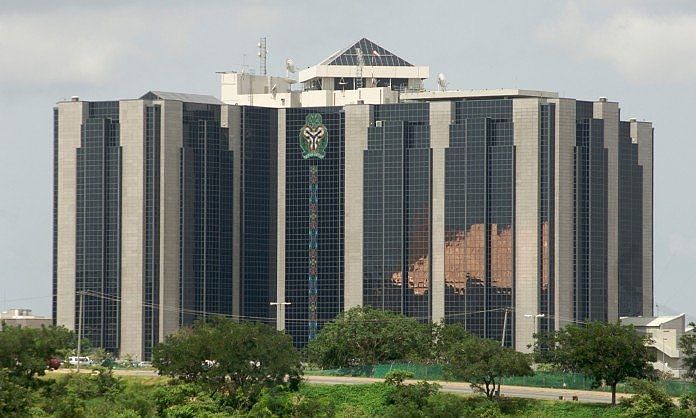
Indeed, a cursory look at the performance of the Nigeria’s asset classes in the last seven months shows that the holding of the US dollar is the highest performing “asset” class in the period. Bear in mind that currency holding is not an asset class, but compared to equity, bonds, real estate, the holding of US dollar is the best performing asset class. If it remains like this, production collapses as preference for the holding of US dollar attracts all investible capital. Reducing drastically liquidity, especially fiscal related liquidity, is therefore, critical to reducing the demand of US dollars and the pressure on the Naira.
While that work has been methodically pursued since September, the MPC meeting next month will the first around key monetary policy instruments. Meanwhile, Cardoso already admitted last November that the MPC meetings of the top bank have been largely unproductive. In response, the Bank is constituting a new MPC. Our focus has been on ensuring these meetings are useful and effective”, he said.
While he continues to navigate these treacherous economic storms, the most comforting aspect of his calmness is the recognition that there is no overnight success. The success in the medium is the disciplined continuation of the measures to deal with liquidity, accrue foreign reserves, and work with the fiscal side to deliver on the Dangote and Portharcourt refineries, and reduce drastically the deficits and government expenditure that exacerbates the demand on US dollars. But the greatest help he needs is for the government to securitise its assets and raise the required finance through assets sale and not further deficits and debts.




